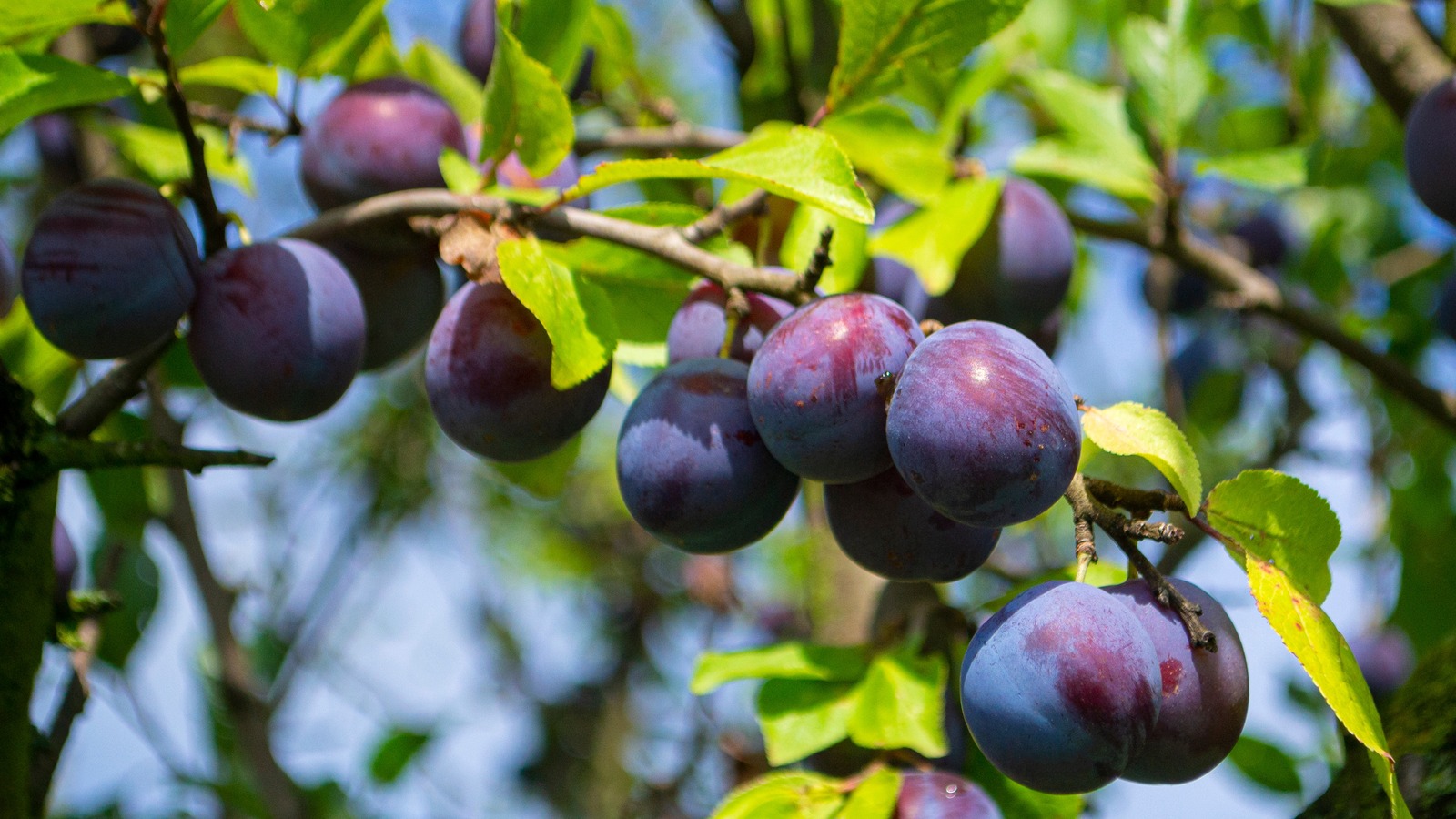The Java plum tree (Syzygium cumini), also known as the jambolan, black plum, or Indian blackberry, is a tropical evergreen tree prized for its delicious fruit and numerous health benefits. Native to the Indian subcontinent, this resilient tree has spread to various tropical and subtropical regions around the world. In this article, we will explore the characteristics of the Java plum tree, its cultivation requirements, and the benefits it offers.
Characteristics of the Java Plum Tree
The Java plum tree is a robust and fast-growing tree that can reach heights of up to 30 meters (98 feet). It has a dense, spreading canopy of glossy, dark green leaves that provide ample shade. The tree produces small, fragrant white flowers that bloom in clusters, typically appearing in the spring or early summer.
The fruit of the Java plum tree is a small, oval berry, typically dark purple to black when ripe. The berries have a unique sweet and slightly tart flavor, making them popular for consumption fresh or in various culinary applications. The tree can bear fruit for over 60 years, with peak production occurring in its middle age.
Cultivation Requirements
Growing a Java plum tree requires an understanding of its specific cultivation needs. Here are the key factors to consider:
- Climate: Java plum trees thrive in tropical and subtropical climates. They prefer warm temperatures and can tolerate a wide range of humidity levels. The tree is hardy and can withstand occasional droughts and light frost, but prolonged exposure to cold temperatures can damage or kill it.
- Soil: The tree prefers well-drained, sandy loam soil with a pH range of 5.5 to 7.5. It can tolerate various soil types, including clay, but poor drainage can lead to root rot. Adding organic matter to the soil can improve its fertility and structure, promoting healthy growth.
- Sunlight: Java plum trees require full sunlight for optimal growth and fruit production. They should be planted in a location that receives at least six to eight hours of direct sunlight per day. Adequate sunlight ensures the development of sweet, flavorful fruit.
- Watering: While the Java plum tree is drought-tolerant, regular watering is essential during the first few years of growth to establish a strong root system. Once established, the tree can survive on rainfall, but supplemental watering during dry periods can enhance fruit yield and quality.
- Fertilization: Applying a balanced fertilizer during the growing season can promote healthy growth and fruit production. Organic fertilizers, such as compost or well-rotted manure, can provide essential nutrients and improve soil health.
- Pruning: Pruning is important to maintain the tree’s shape, remove dead or diseased branches, and improve air circulation within the canopy. Pruning should be done during the dormant season to minimize stress on the tree.
Benefits of the Java Plum Tree
The Java plum tree offers numerous benefits, making it a valuable addition to any garden or orchard. Here are some of its key advantages:
- Nutritional Value: The fruit is rich in vitamins A and C, iron, calcium, and antioxidants. It is known for its potential to improve immunity, aid digestion, and support overall health.
- Medicinal Properties: Various parts of the Java plum tree, including the fruit, leaves, bark, and seeds, have been used in traditional medicine for centuries. They are believed to have anti-inflammatory, anti-diabetic, and anti-microbial properties.
- Environmental Benefits: The tree’s dense foliage provides shade and habitat for wildlife. It can help reduce soil erosion and improve soil fertility through its leaf litter.
- Culinary Uses: Java plum fruit can be eaten fresh or used in various culinary applications, such as jams, jellies, wines, and desserts. The unique flavor of the fruit adds a distinctive taste to dishes and beverages.
- Aesthetic Appeal: With its glossy leaves, fragrant flowers, and abundant fruit, the Java plum tree adds aesthetic value to gardens and landscapes. It can serve as a shade tree or an ornamental focal point in large yards or parks.
Conclusion
The Java plum tree is a versatile and valuable tree that offers numerous benefits, from its delicious and nutritious fruit to its medicinal properties and environmental advantages. By understanding its cultivation requirements and providing proper care, gardeners and orchardists can enjoy the bounty of this remarkable tree for many years. Whether grown for its fruit, shade, or ornamental appeal, the Java plum tree is a worthy addition to any tropical or subtropical garden.
